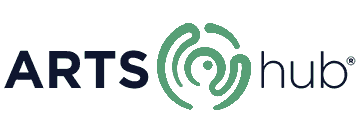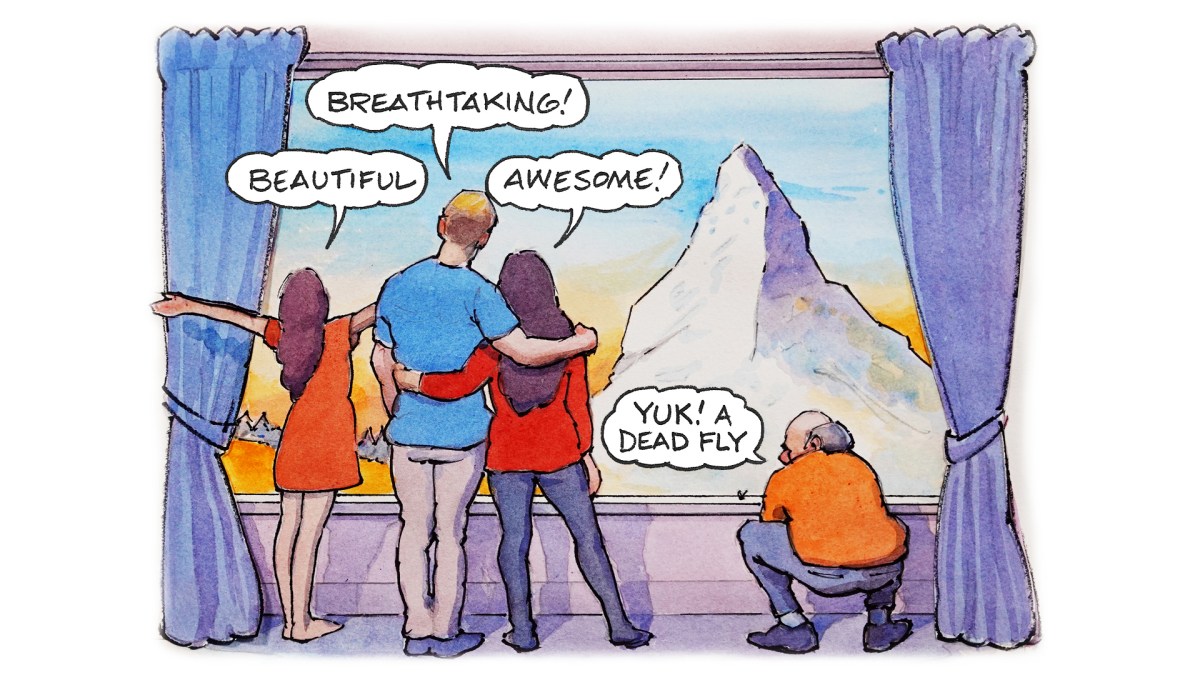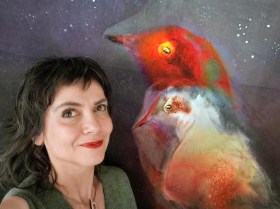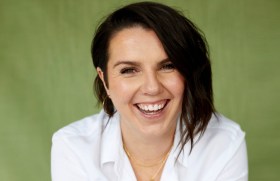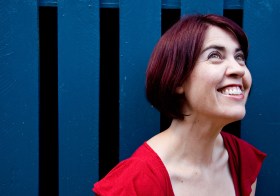My first manuscript was a children’s book. I had heard it can be difficult for new authors to get published so I had a clever plan.
I made a list of the world’s 60 major English language publishers. I printed 60 copies of my manuscript and airmailed a copy to all 60.
Out of 60 I thought five would like it – or at least three!
After two weeks I got my first ‘No’. I kept track of the rejections. Soon I had 10, then 35, 49, 57 and, finally, 60 rejections.
Then 61! One publisher sent me two rejection slips! Sixty-one rejections from 60 submissions! That hurt.
In this article:
Lesson #1: Lots of publishers say ‘No’. You will survive.
More rejections
I needed another book!
I wrote BEING HAPPY! – a self-help book for people who hate self-help books. Simple, illustrated with my own cartoons, it was the manual that I wished I had had.
This time I was more selective in sharing my manuscript. I sent BEING HAPPY! to just 16 publishers.
These publishers saw two problems with the manuscript: a/ I was not a psychologist and b/ my self-help book was full of cartoons. Another 16 rejections.
I sent out one more copy, to a tiny publisher in Singapore. They did non-fiction – they had just published the Vanuatu telephone directory. They said, ‘Yes’!
BEING HAPPY! has now sold over three million copies.
What do my readers like? They like it that a/ I am not a psychologist and b/ my books are full of cartoons.
Lesson #2: Create the book that you want to see. People don’t know what they want until you create it.
Where to start?
How to begin writing your book? Start with whichever chapter is easiest to write. You don’t have to start at the beginning.
Sometimes, you only know how to start your book when you have nearly finished. Sometimes your best opening – or your best ending – is a paragraph you planned to put in the middle.
I’ve written 12 books and never started at the beginning.

Lesson #3: Start anywhere. Just start.
How do I get it done?
Akash Karia emailed me in 2019: “I attended your talk in Hong Kong in 2005. After your presentation, I joined the queue of people who were buying your books. I couldn’t afford a book, but I stood in line anyway.
“I asked you, ‘How do you write a book?’
“You gave me the best advice I ever received, ‘Write a page every day’.”
What happened to the kid who couldn’t afford a $20 book? Akash has written 16 books, published in six languages. Akash now has a global corporate training business.
Akash writes one page per day.
Read: Three bestselling Australian authors you may never have heard of
Lesson #4: To a write a book, you don’t need to be brilliant. You need to be consistent.
About publishers
There are two kinds of publishers:
A: Traditional Publishers. They pay you an advance royalty, edit your manuscript and employ book designers to create a quality product. They invest their money in you.
They need to sell lots of your books to get their money back. That is good for you.
B: Did you ever see an ad ‘Authors Wanted!’? These are for Vanity Publishers.
Vanity publishers tell you your manuscript is wonderful. They charge you maybe $10,000 to design your book and print 500 copies. They promise to market your book – but they don’t deliver.
Once a vanity publisher has your money, it’s game over. They are already looking for their next victim.
Lesson #5: Real publishers invest their money. Scammers want your money!
Should I consider self-publishing?
You may need to. Publishers and bookstores are disappearing.
The advantages of publishing on Amazon:
- It is fast, easy and cheap to create an eBook.
- Twenty years ago you needed to print 500 copies of a title to make it economical. Now, with KDP Print (Kindle Direct Publishing, formerly Create Space), you can upload a print file and produce just one hard copy for a few dollars. You can update your file at any time.
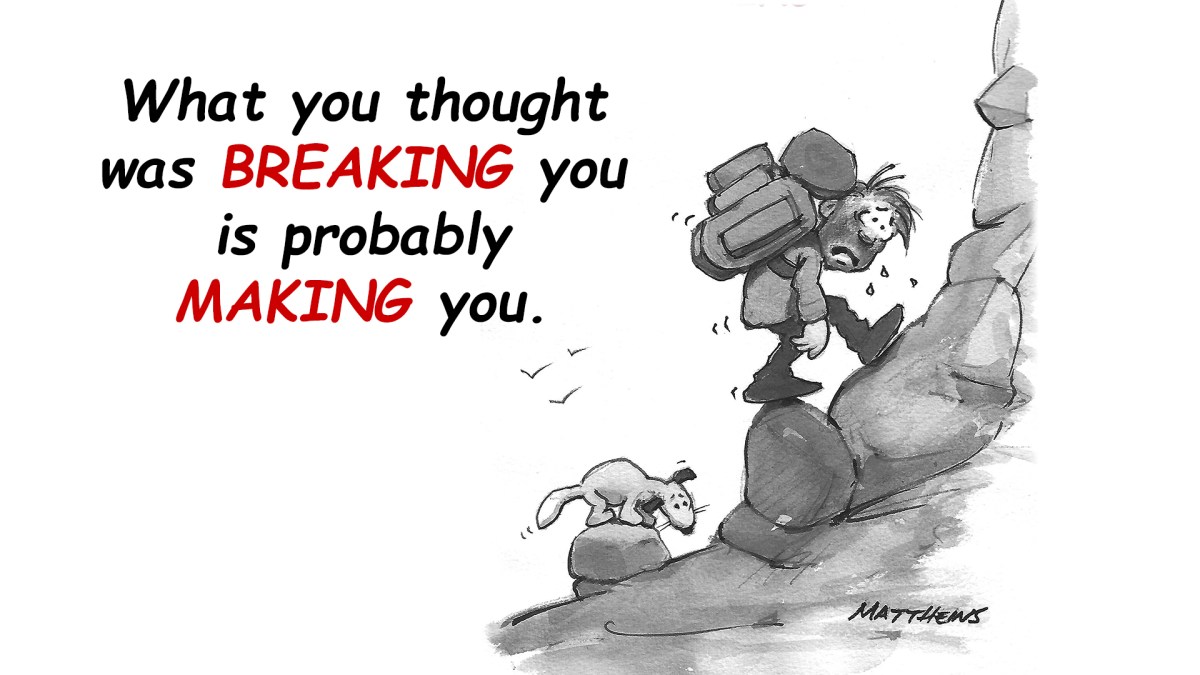
Lesson #6: For most new authors, Amazon is a good starting point.
Should I get professional help to self-publish?
Yes! Get a good editor. AI will help, but a good editor will see things and make critical suggestions that software won’t.
Yes! Use a professional book designer. A homemade book is like a cheap suit. It looks bad even if we don’t know why.
Hundreds of small decisions go into creating a good book cover: colours, fonts, graphics. Hundreds of small decisions determine the feel of a quality book, even a novel.
Just because your nephew created a cute poster, it doesn’t mean he can create a beautiful book.
Read: Stories from successful self-published authors
Lesson #7: Make your book beautiful. Get professional help.
“Do I need to promote?”
If you are David Beckham or Michelle Obama, the world is waiting for your book.
For those of us who aren’t famous, we write our book and spend the next 20 years promoting it.
You ask, “Don’t some titles just catch fire and spread across the globe?” Maybe one in a half-a-million.
With BEING HAPPY! I spent six years full-time travelling the globe: hundreds of free talks in schools, prisons, hospitals, bookstores. Not glamorous, but exciting. Then the next book. More talks, more newsletters, tiny radio shows. I have never stopped.
To sell books you need to be a relentless promoter. Become a blogger, a YouTuber, a podcaster, a speaker.
Hone your skills. Find a way to enjoy the process.
Lesson #8: The hard work starts after you finish the book.
The words you choose
Recently Strauss Press in Azerbaijan signed a contract to publish Happiness in Hard Times. My books are now in 49 languages.
You ask, “How do you get published in multiple languages?”
Write books that people can understand. Readers want simplicity, clarity. Nobody cares about the size of your vocabulary.
Every time I write a sentence, I ask myself the same question: would a 12-year-old understand this?
Lesson #9: Wrap your thoughts and stories in simple words that everyone understands.
Why write a book?
Your next book may sell a million copies, and maybe it won’t.
You don’t write a book to sell a million. You write a book to explore what you care about. To put your heart and soul into a manuscript and enjoy the journey, is a beautiful thing.
If readers like it, that is a bonus. If it feeds you, that’s a blessing.
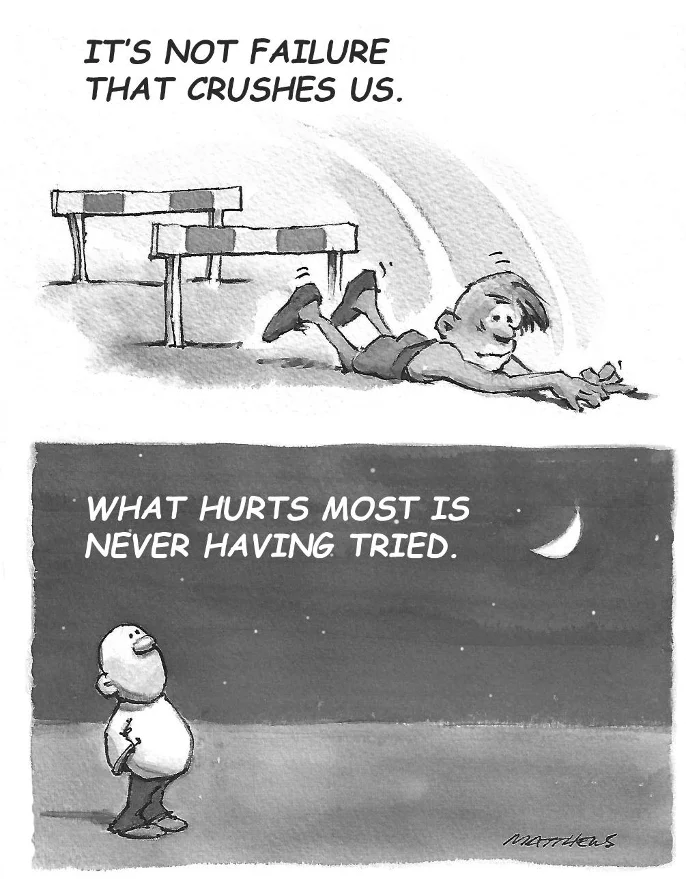
Lesson #10: Write your book! It’s not failure that crushes us. What hurts most is never having tried.
Bouncing Back: How you rebound from disappointment and disaster is out now from HardieGrant Books.
